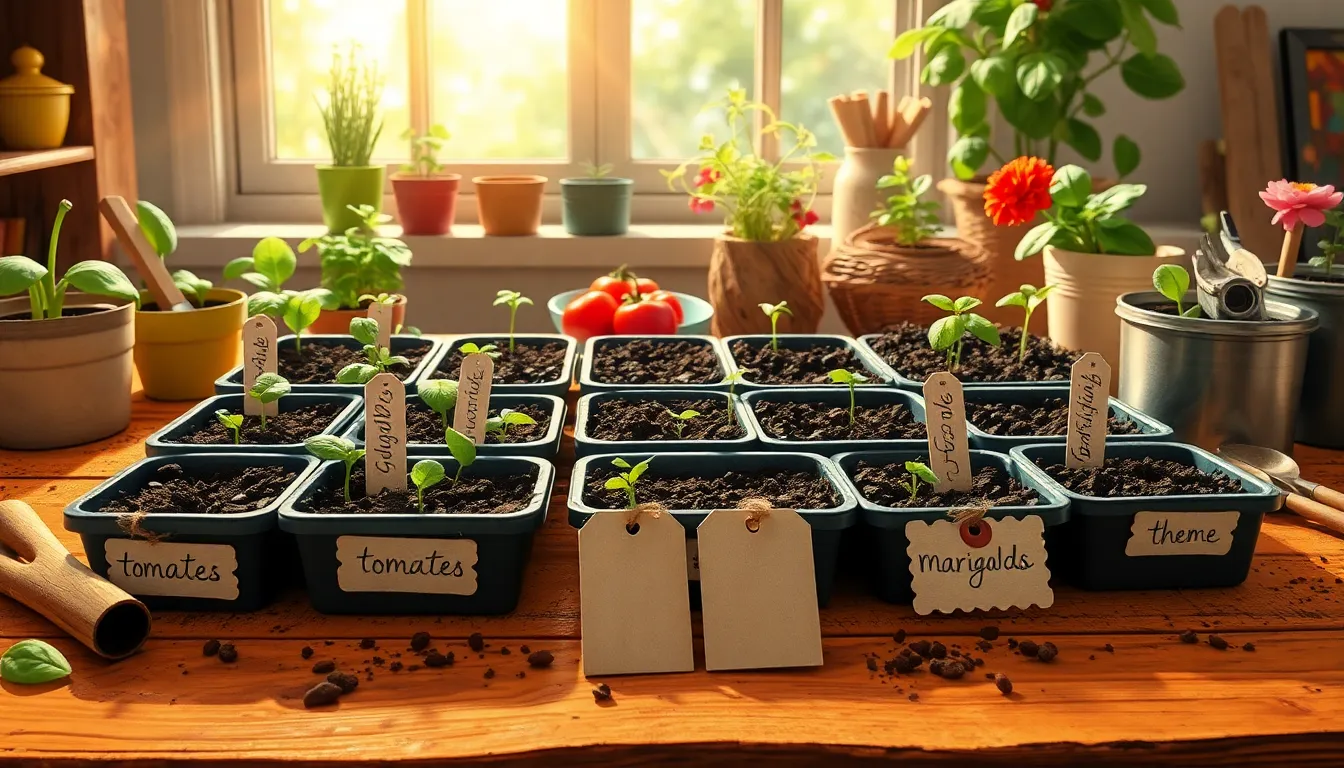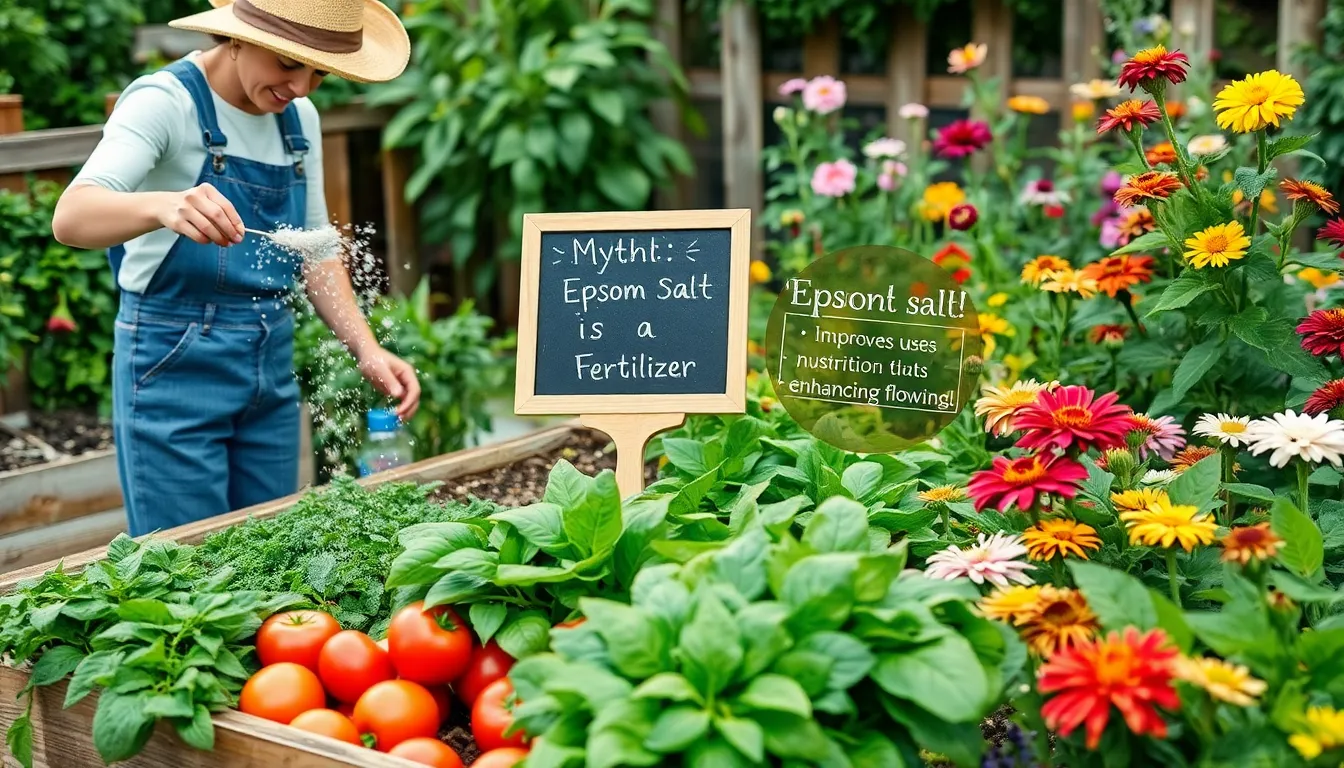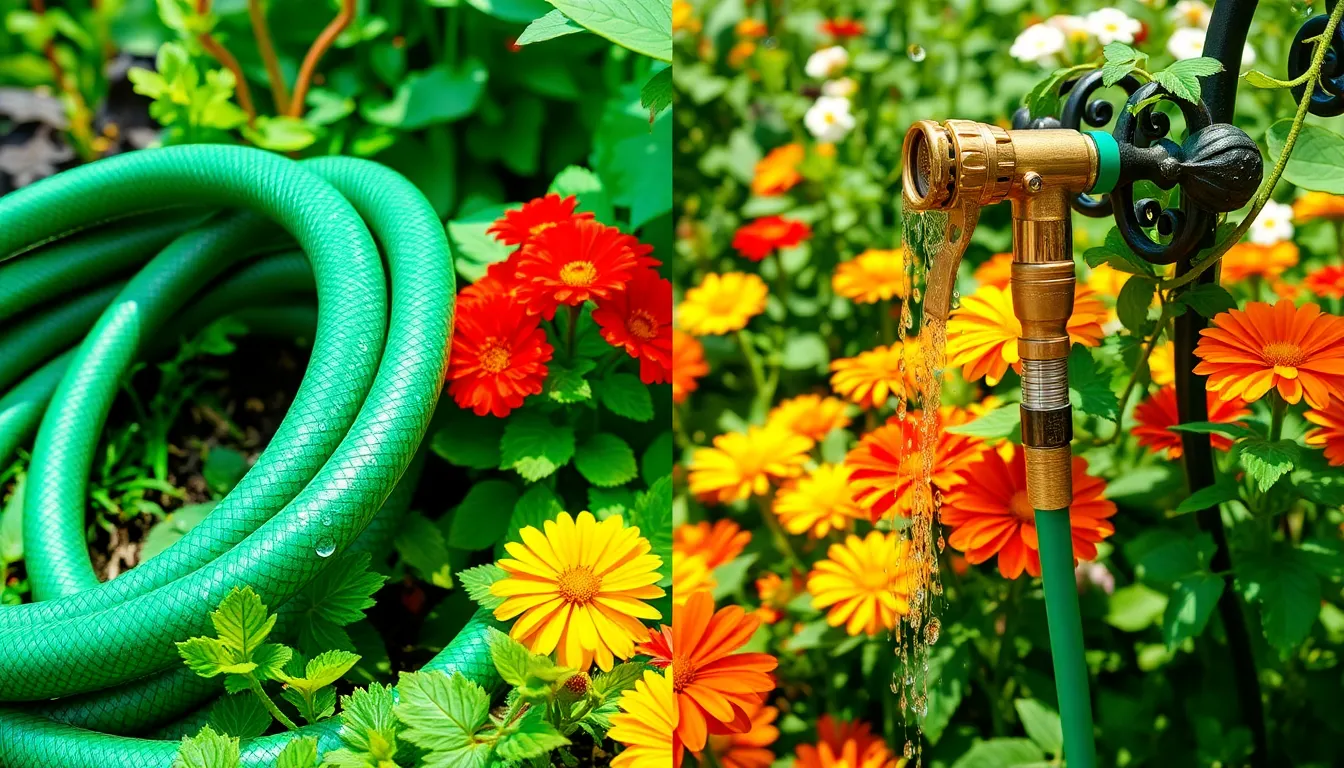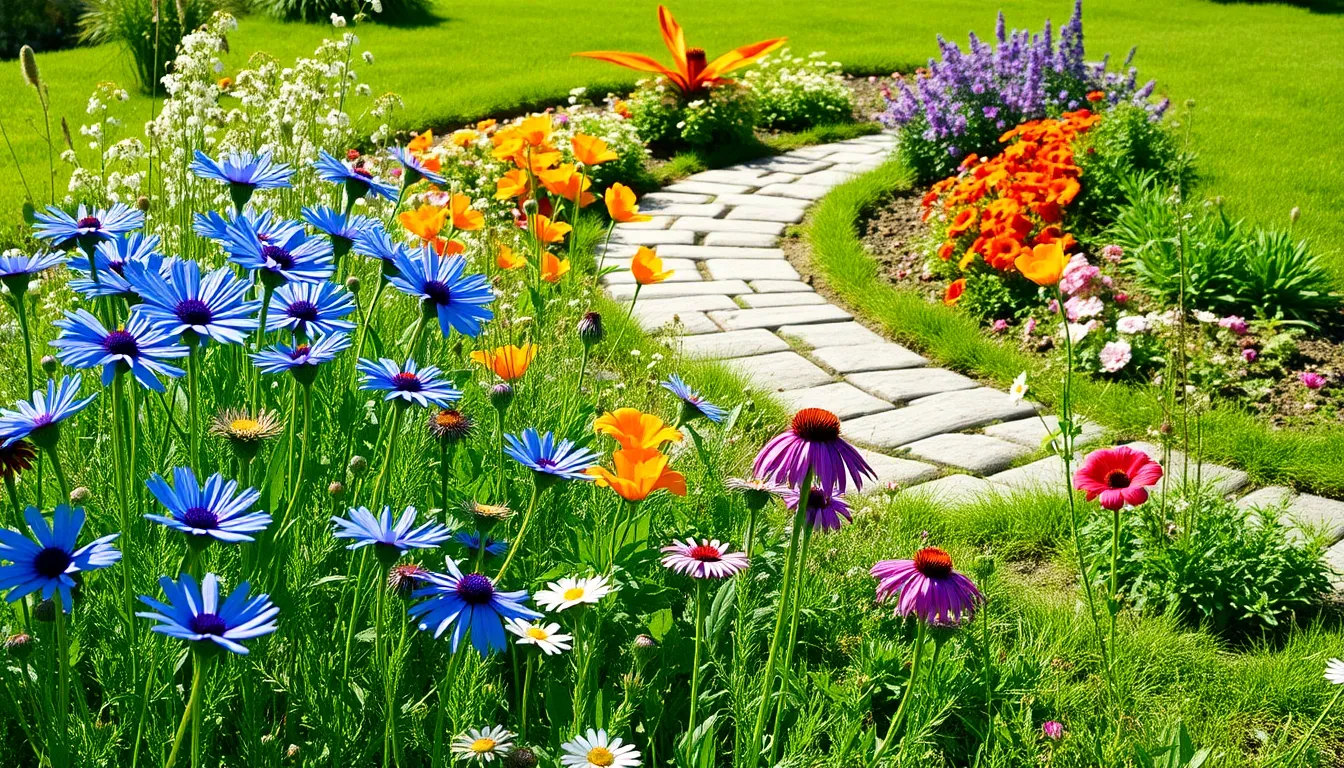For gardeners, whether you’re just getting your hands dirty or have been nurturing green spaces for years, starting seeds indoors is a rewarding practice that promises a head start on the growing season. It offers a chance to cultivate a wide variety of plants, some of which you might not easily find at your local nursery, all while granting you the joy of watching life emerge from the soil right in your own home.
This article will guide you through the compelling reasons to begin your seed journey indoors, from extending your growing season to ensuring stronger, healthier plants. You’ll discover practical tips and tricks that transform this process into an accessible endeavor, even if space or experience seems limited. Embrace the opportunity to enhance your gardening skills and deepen your connection with nature by mastering the art of starting seeds indoors.
Benefits of Indoor Seed Starting
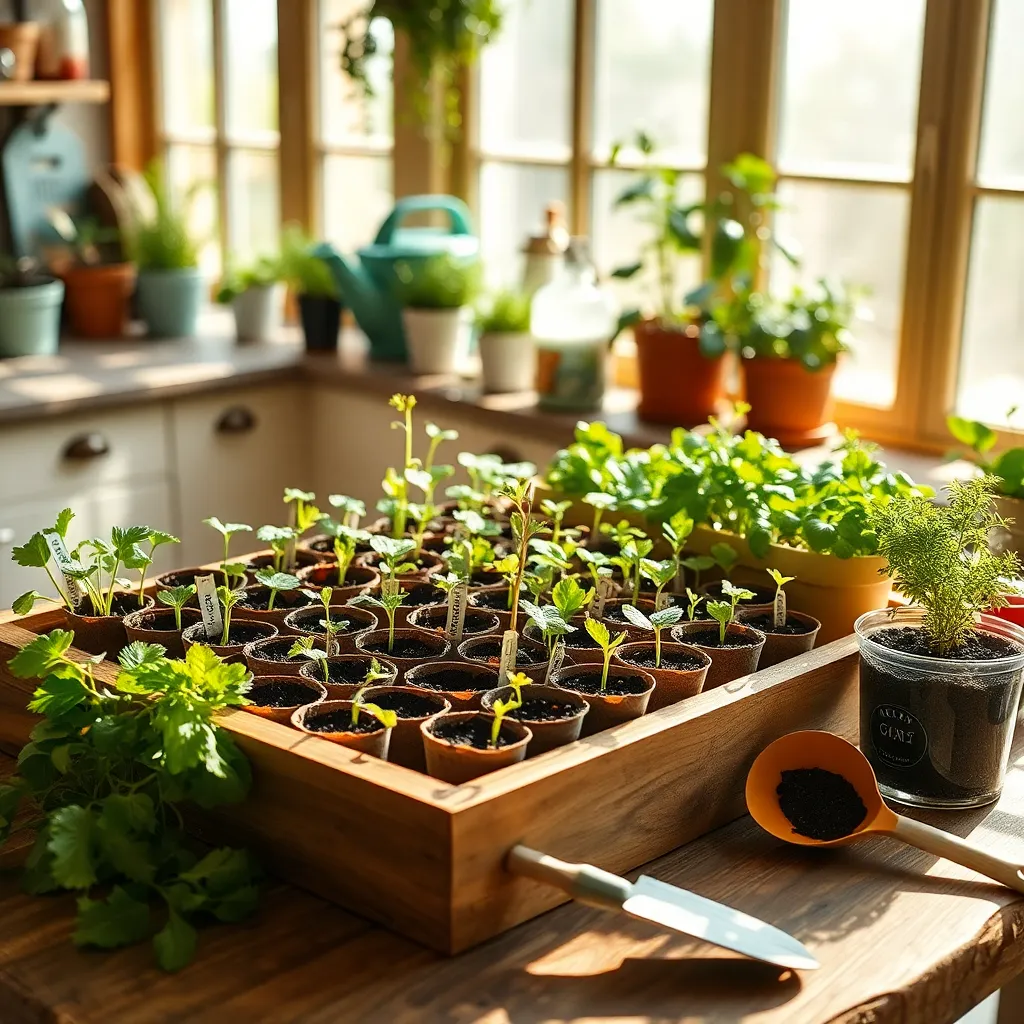
Starting seeds indoors allows gardeners to gain a head start on the growing season, which is especially beneficial in regions with short summers. By controlling the environment, you can ensure optimal conditions for seed germination, such as consistent warmth and moisture.
Indoor seed starting also enables you to grow a wider variety of plants, including rare or heirloom varieties not typically available at local nurseries. Using a quality seed-starting mix is crucial, as it is lightweight and sterile, reducing the risk of diseases that can harm young seedlings.
Proper lighting is critical when starting seeds indoors, as natural sunlight may not suffice during shorter days. Investing in LED grow lights can provide the full spectrum of light needed for robust seedling growth, and placing them a few inches above the plants ensures they receive enough light without burning.
Maintaining the right moisture level is essential for seedling success. Watering from the bottom can prevent damping-off disease, a common issue caused by overwatering, by allowing seedlings to absorb moisture through the soil while keeping the surface dry.
Creating Optimal Growth Conditions
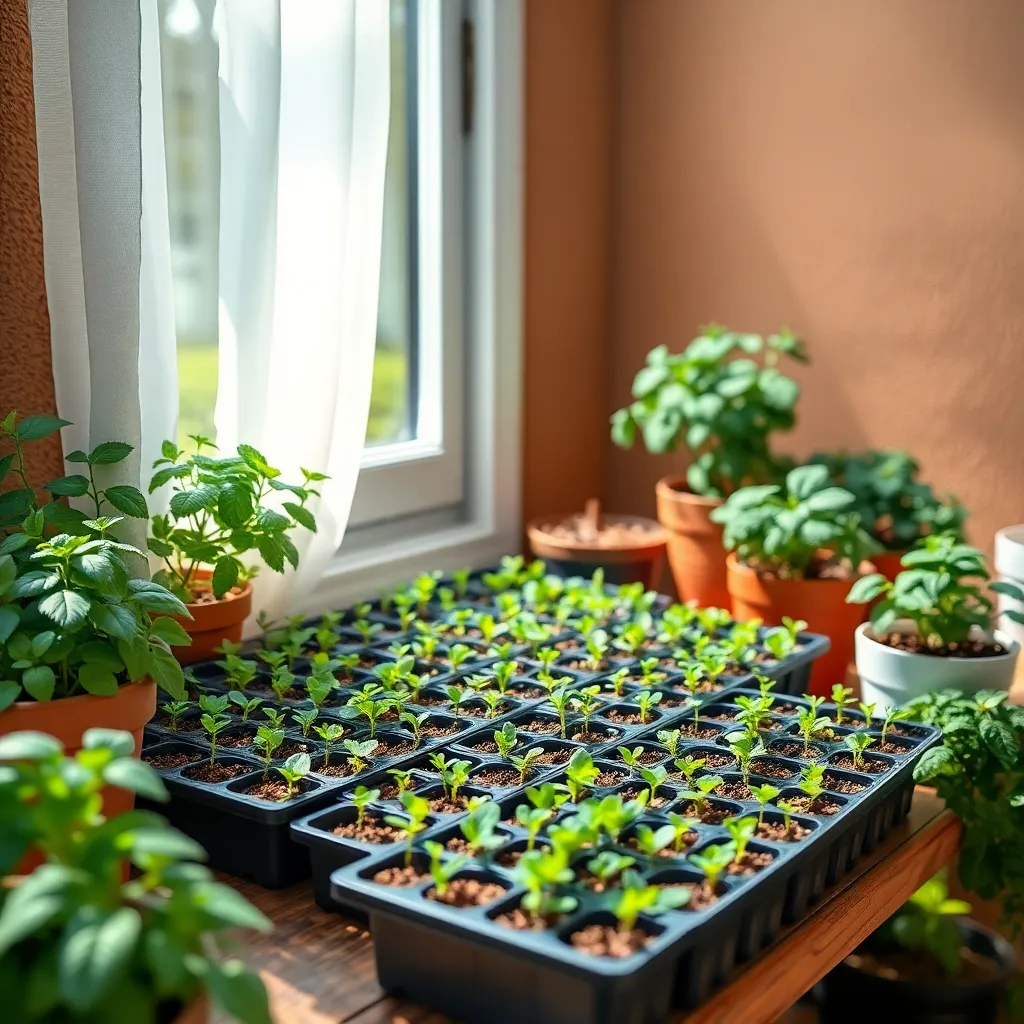
Starting seeds indoors allows you to create controlled growth conditions that are often more favorable than outdoor environments. By adjusting factors such as temperature, humidity, and light, you can give your seedlings a healthy head start.
One key aspect of indoor seed starting is maintaining the right temperature. Most seeds germinate best at temperatures between 65 to 75 degrees Fahrenheit, so placing them in a warm room or using a heat mat can make a significant difference.
Light is another crucial factor for seedlings, which require about 12 to 16 hours of light per day for optimal growth. Using fluorescent or LED grow lights positioned a few inches above the seedlings can help mimic natural sunlight and prevent them from becoming leggy.
A consistent watering schedule is essential to prevent the soil from drying out or becoming waterlogged. Consider using a spray bottle to gently mist the surface of the soil, ensuring it stays moist without disturbing the delicate seedlings.
For more experienced gardeners, experimenting with soil mixtures can further enhance growth conditions. A sterile seed-starting mix is recommended, which typically contains a blend of peat moss, vermiculite, and perlite to provide the right balance of drainage and aeration.
Choosing the Right Seed Varieties

When choosing the right seed varieties, consider your local climate and growing conditions. Cool-season crops like lettuce and spinach thrive in cooler temperatures, while warm-season plants such as tomatoes and peppers need heat to flourish.
It’s important to select seeds that align with your gardening goals and skill level. Heirloom varieties offer unique flavors and characteristics, which can be exciting for experienced gardeners, while hybrid seeds often provide beginner-friendly resilience to common pests and diseases.
Researching the specific needs of each plant variety is crucial for success. Check seed packets or online resources for information on light requirements, soil preferences, and mature plant size to ensure you have the right setup at home.
For a productive garden, consider starting seeds indoors for plants with long growing seasons. This method gives you a head start, especially in regions with shorter summers, allowing you to enjoy a bounty of produce well before the first frost hits.
Managing Indoor Seedling Care
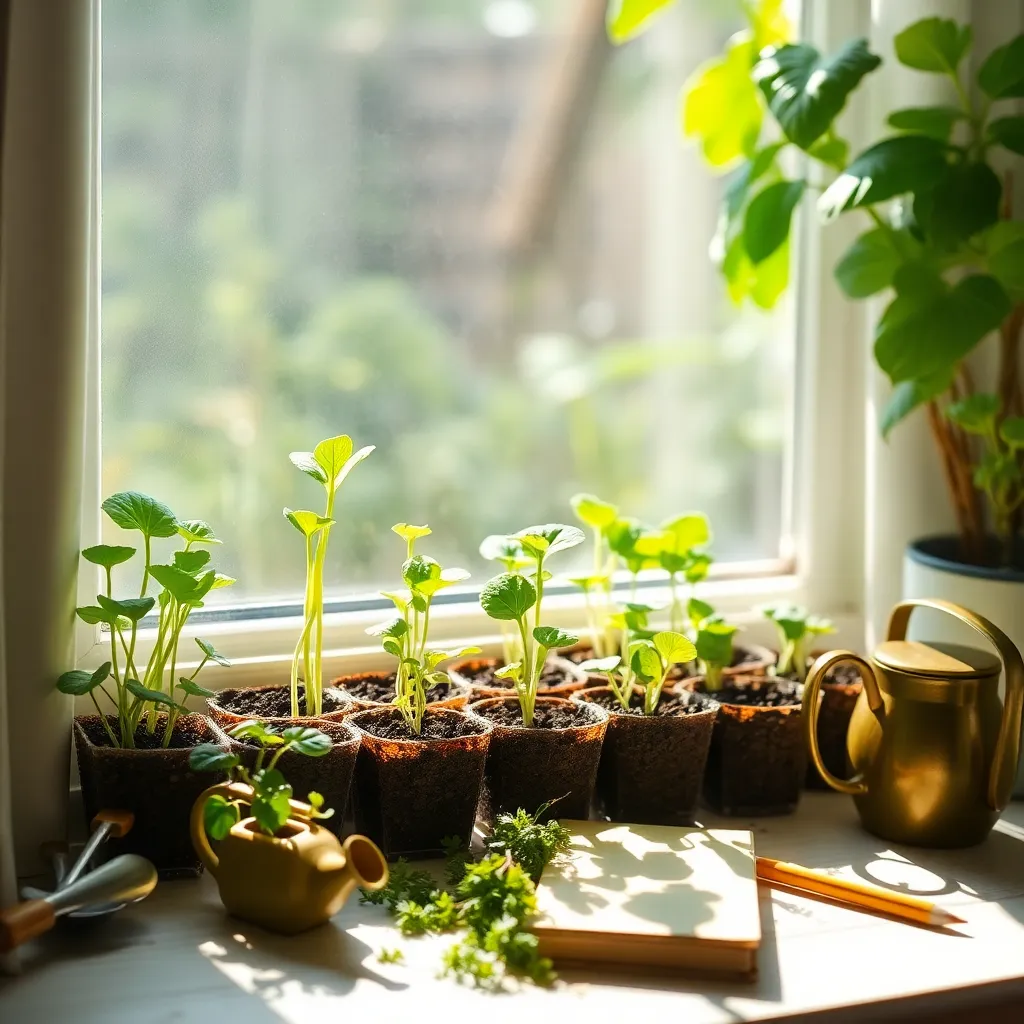
Managing indoor seedling care is crucial to ensure your plants thrive when they eventually move outdoors. Start by selecting a well-draining seed-starting mix, as it provides the right balance of moisture retention and aeration essential for young roots.
Place your seed trays in a location that receives ample light, ideally near a south-facing window or under grow lights. Ensure they get 12-16 hours of light each day to prevent them from becoming leggy and weak.
Watering is another critical component; seedlings need consistent moisture but should never be waterlogged. Allow the top inch of soil to dry out slightly between waterings to avoid root rot, using a spray bottle for gentle application.
As seedlings grow, they require nutrients to sustain healthy development. Introduce a diluted liquid fertilizer every two weeks, gradually increasing concentration as the plants mature.
Transitioning Seedlings to Outdoors
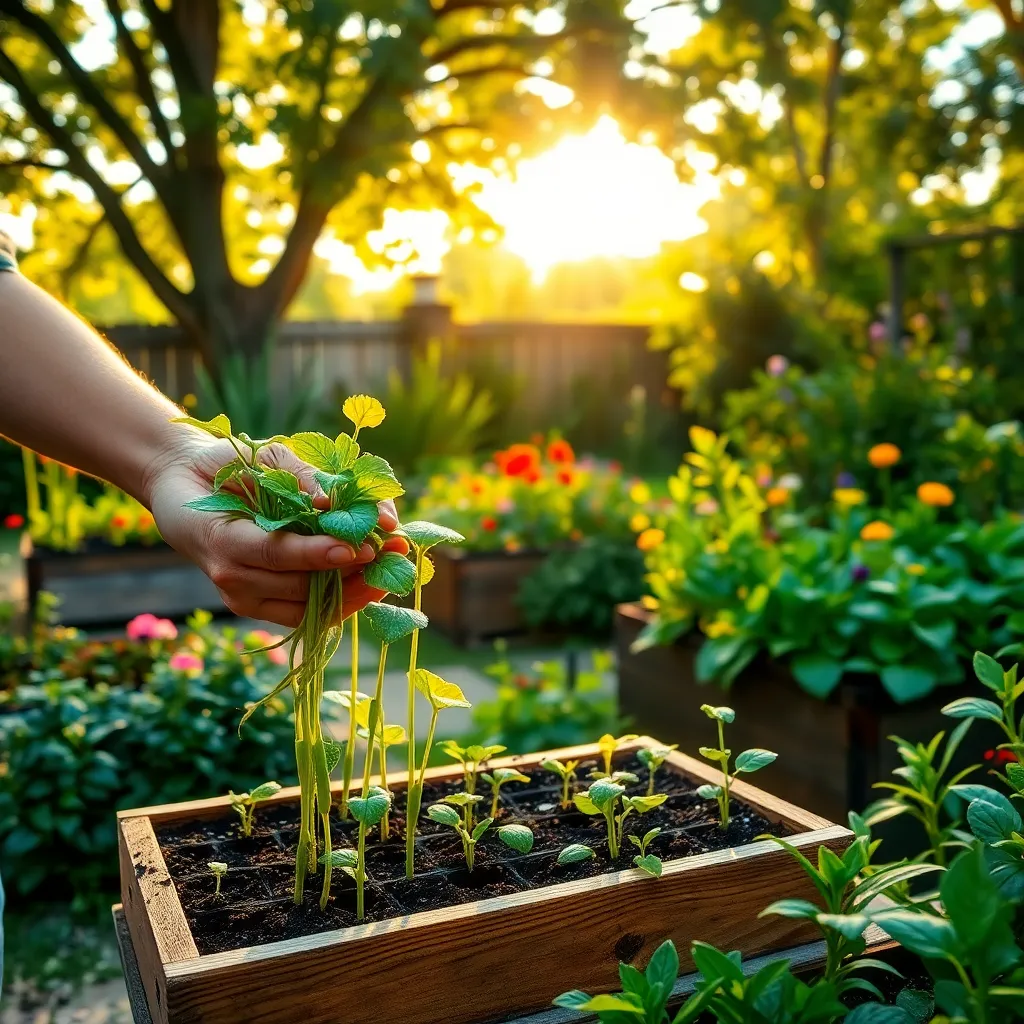
Transitioning seedlings from indoors to outdoors requires careful planning to ensure their survival and growth. Begin by gradually acclimating them to outdoor conditions through a process called hardening off.
Start the hardening-off process by placing seedlings outside in a shaded, sheltered spot for just a couple of hours on the first day. Gradually increase their exposure to sunlight and wind over the course of 7 to 10 days.
It’s crucial to monitor the weather during this transition period. Avoid exposing seedlings to extreme conditions like strong winds or temperatures below 45°F (7°C), which can stress or damage them.
Watering is another key aspect during this phase; ensure the soil remains consistently moist but not waterlogged. Consider using a drip irrigation system or soaker hoses for more controlled and efficient watering.
Once your seedlings have acclimated, prepare their outdoor planting location by amending the soil with compost to boost nutrient levels. Test the soil pH to ensure it matches the specific requirements of your plants; most vegetables prefer a pH between 6.0 and 7.0.
When planting, maintain proper spacing to allow for air circulation and prevent disease. Add a layer of mulch around each seedling to help retain soil moisture and suppress weeds.
For an advanced tip, consider using row covers during the initial outdoor period to provide extra protection against pests and unexpected cold snaps. These covers can help extend the growing season and give your seedlings the best chance at thriving outdoors.
Conclusion: Growing Success with These Plants
In exploring the parallels between nurturing a garden and cultivating healthy relationships, we’ve uncovered five key concepts that can transform your approach. First, the importance of a strong foundation reminds us that healthy relationships start with well-prepared groundwork. Second, the necessity of patience highlights that growth takes time and attention. Third, understanding the value of the right environment emphasizes creating a supportive and nurturing space for relationships to flourish. Fourth, the significance of regular maintenance underscores the need for consistent effort and communication. Lastly, the delight in witnessing growth celebrates the joys that come from shared experiences and mutual development.
To put these insights into practice, take a moment today to identify one small action you can take to strengthen your relationship’s foundation. Whether it’s a heartfelt conversation or planning a future activity together, every step counts.
Remember, nurturing relationships is a lifelong journey. Bookmark this article as a handy guide to revisit whenever you need a reminder. Looking ahead, with dedication and love, your relationships can thrive, bringing lasting joy and connection. Embrace the journey, knowing that each effort you make is a seed planted toward enduring relationship success.

